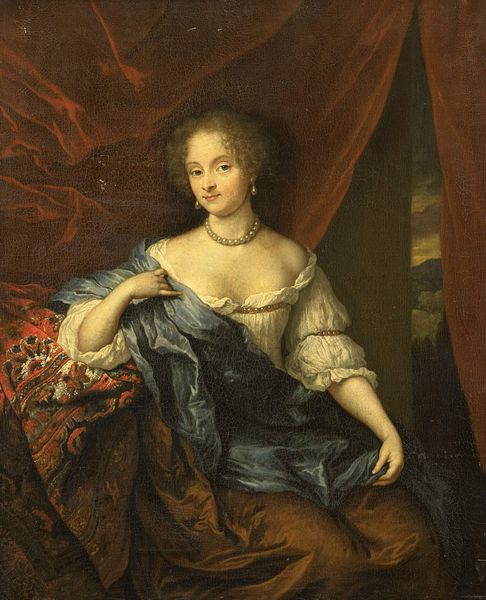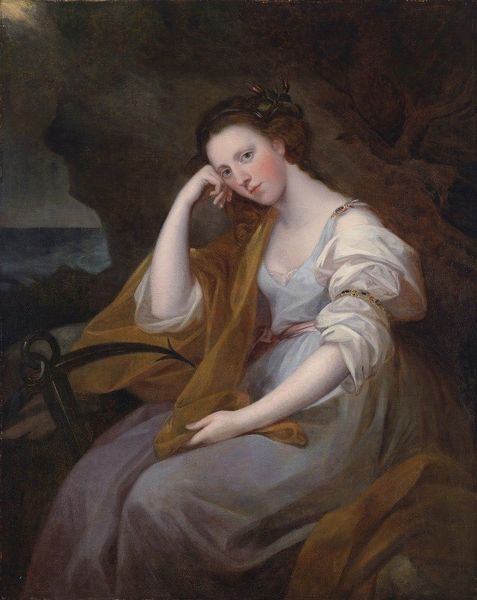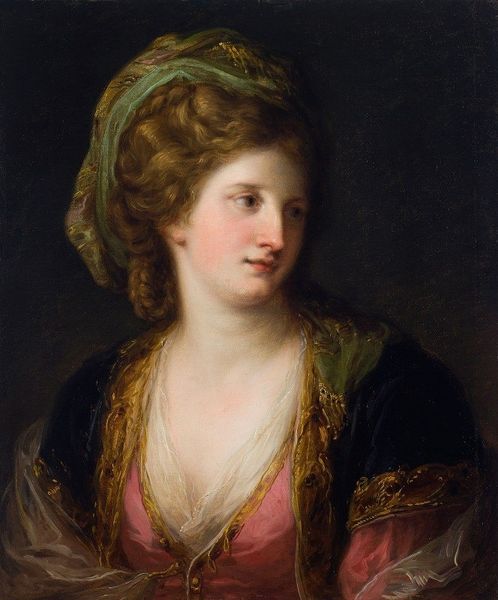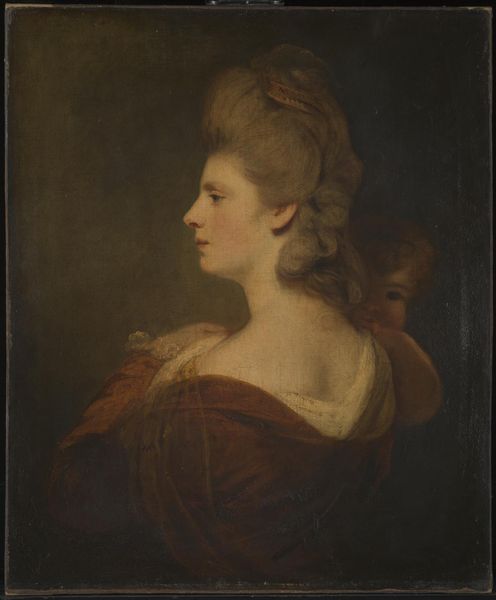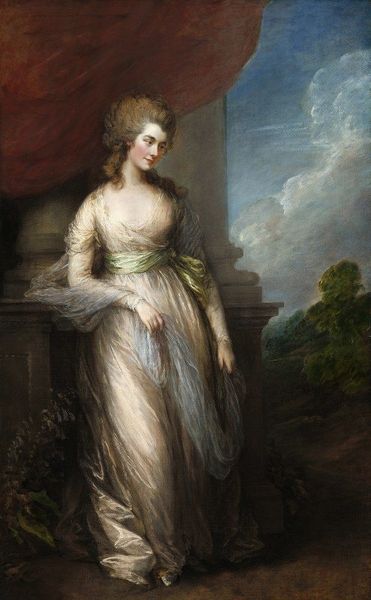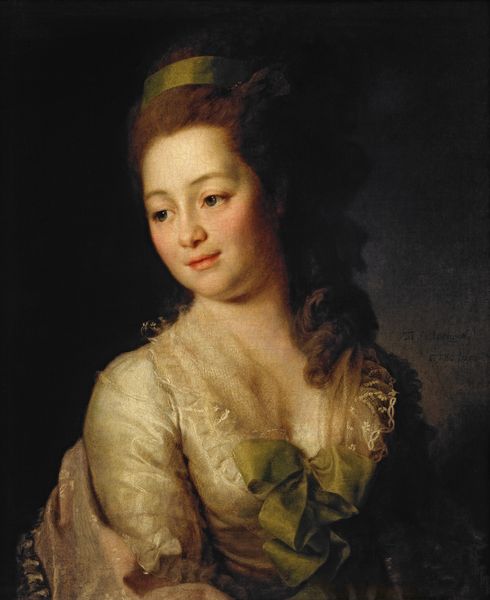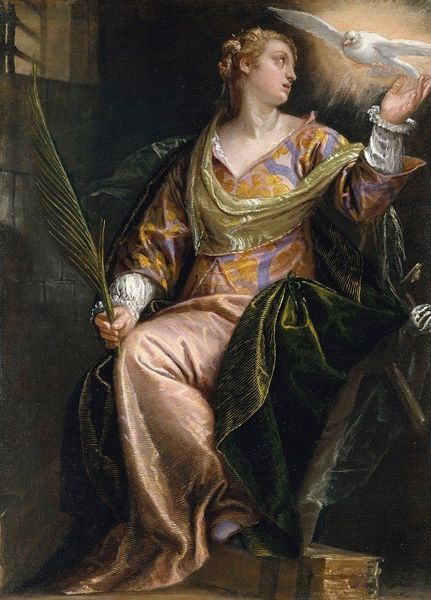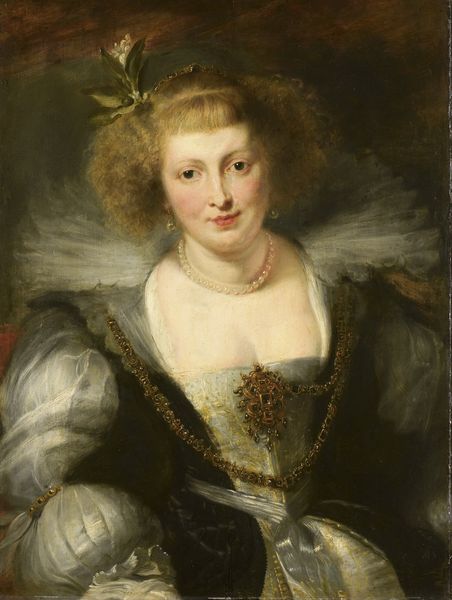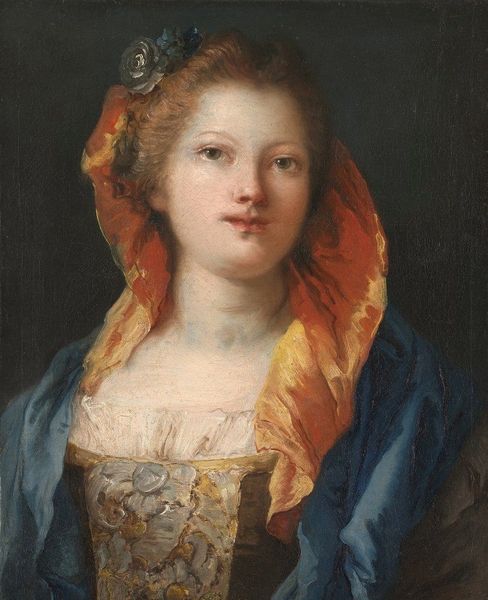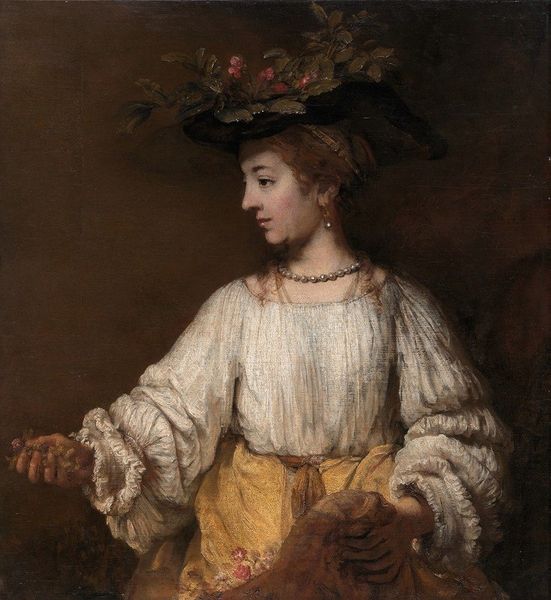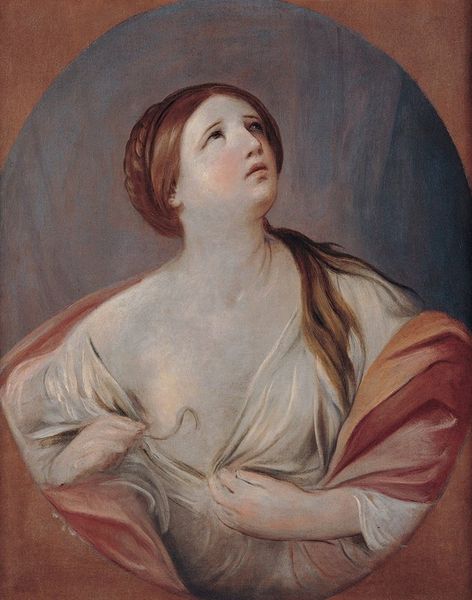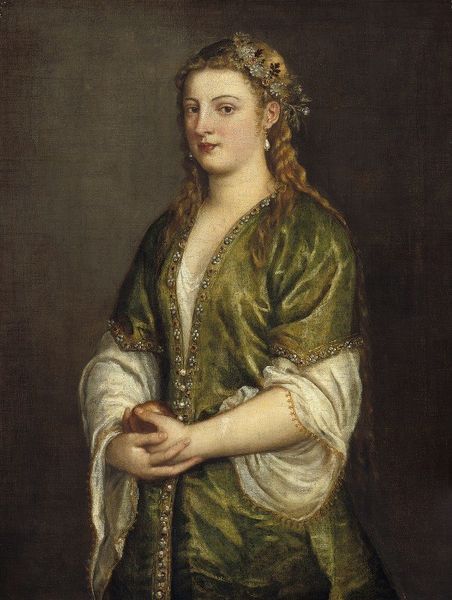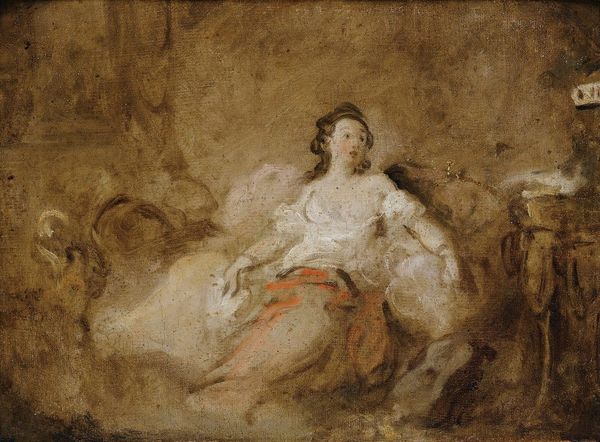
painting, oil-paint
#
portrait
#
venetian-painting
#
narrative-art
#
painting
#
oil-paint
#
mannerism
#
figuration
#
history-painting
Copyright: Public Domain: Artvee
Curator: What a piece, I'm honestly drawn in by the color play first, that dramatic ochre and blood red. Makes you almost miss what’s being presented to you. Editor: You’ve intuited that perfectly! What we're seeing is Titian's "Judith and Her Maidservant with the Head of Holofernes," likely from around 1570. Curator: Right, and immediately I want to think about where the pigment comes from – all the techniques around this time relied on the artist grinding minerals, plants even insects into oil! It brings so much history into that brush stroke. Editor: Absolutely, understanding the material history is crucial. Look at the contrast here; the delicacy of Judith's gown versus the coarseness implied in the beheading of Holofernes. There is a dichotomy. Curator: Totally! Almost a contradiction–but do you find this representation of Judith disturbing? Is it empowering? Is she just cleaning up for everyone, or profiting from war, literally? Editor: That’s precisely what makes it captivating! The details really draw you in too: pearls, jewels, the slightly damp-seeming fabric. But the *doing*, the act that she’s doing, you know, with help... it hits at some deeper social currents I would love to better appreciate. The context would fill in that narrative in a profound way. Curator: Indeed. Venetian society and painting from this era were intensely tied, in part through commissions. Even Titian relied on noble patrons whose needs shaped the final products that came from the artist’s hand. You also see the influence of Mannerism coming into the picture too, and with it a certain theatricality is brought into these narrative scenes. Editor: You know what is really sticking with me? It's those details. It takes true craftsmanship to capture, not only form but feel through paint alone, like the weight of drapery, the tension between serenity and grim duty. Art of that time asked people to really *believe*, which is what really gives art of the old masters the aura and intensity we know to associate with it. Curator: So in the end, what's left to do besides tip one’s hat to how interwoven this all is, isn’t it? I will be thinking about this one for a good while yet. Editor: Indeed.
Comments
No comments
Be the first to comment and join the conversation on the ultimate creative platform.
